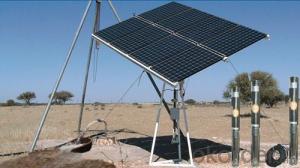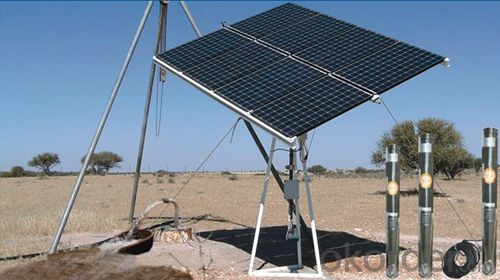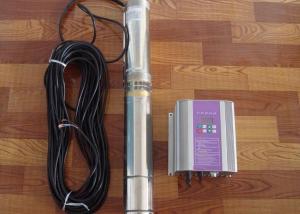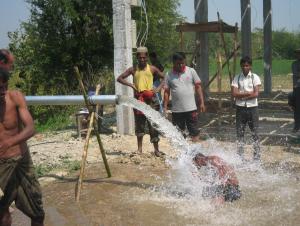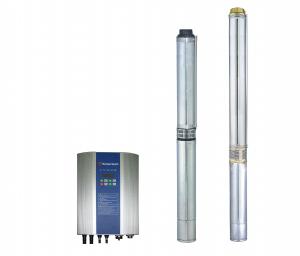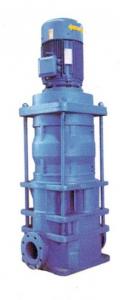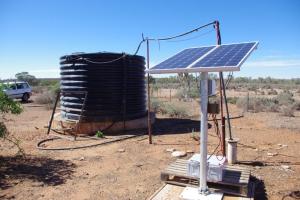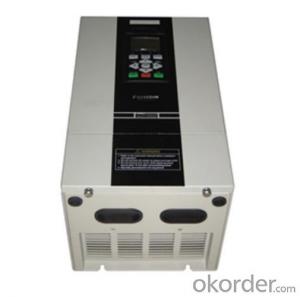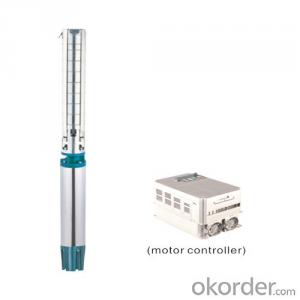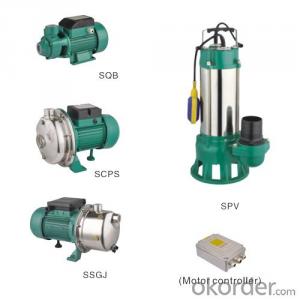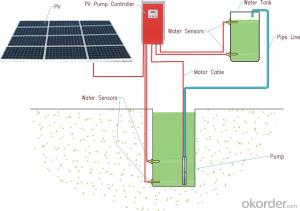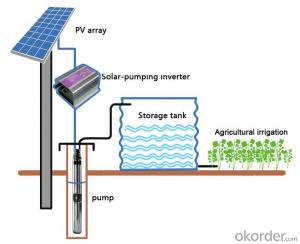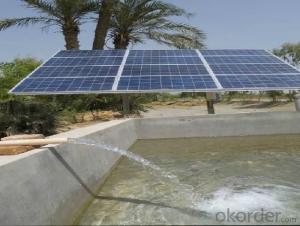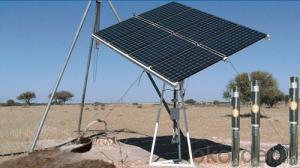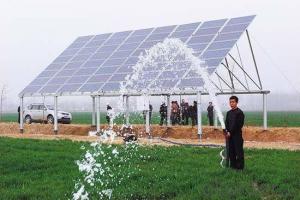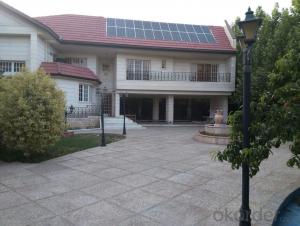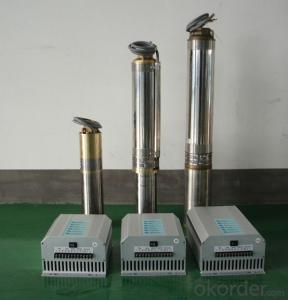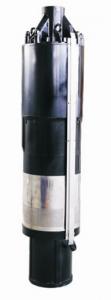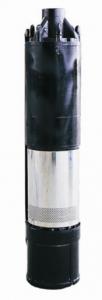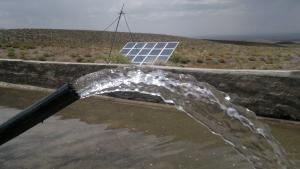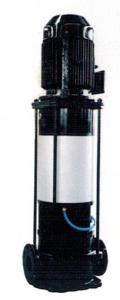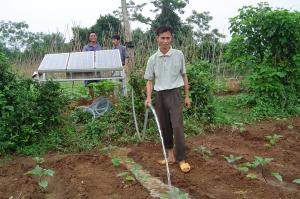Buy Solar Pump:Solar Powered Water Pump and Solar Water Heater Panels
- Loading Port:
- Shanghai
- Payment Terms:
- TT OR LC
- Min Order Qty:
- 1 set
- Supply Capability:
- 1000 set/month
OKorder Service Pledge
OKorder Financial Service
You Might Also Like
Solar Powered Water Pump Solar Water Heater Panels
DC solar water pumping system consists of the motor, pump, controller, solar array and some other accessories, such as water level sensor, float switch, etc. Considered that storing water is more efficient than storing electricity, the system is designed to directly drive the pump without battery which can reduce the construction and operating cost and routine maintenance effectively.The PV array consists of multiple solar panels connected in series/parallel, which can supply the whole system as power source by converting the absorbed solar radiation energy to the electrical energy. The pump driven by a brushless DC permanent magnet motor draws water from deep-well or river. The pumped water is then fed into reservoir or water tank, or connected to the irrigation system or fountain system directly.
Advanced Technology
Applications Innovation
The efficiency of DC brushless permanent magnet motor has been increased up to 25% in comparison with traditional asynchronous motor.
Technology Innovation
Stator and rotor are sealed by environment friendly casting resin.Motor insulation resistance can be hold higher than 300MΩfor more than 10 years, which consumedly increased the security and reliability of the submersible motor.
Structure Innovation
Casting resign technology processed stator and rotor as well as the water lubricated bearing make the submersible pump environment friendly.
Feature
High Efficiency & High Reliability
DC Brushless Permanent Magnet Motor
Minimum Maintenance, long Service Life
Environment Friendly Materials, Lubricated Without Oil
Application
Village or Family Water Supply
Animal Drinking Water & Livestock Watering
Garden/Courtyard Irrigation
Swimming Pool
Water Supply for Bivouac or Camping Car
Water Supply for Remote Area
Automatic Control
Operate Automatically, No Need Watching
Maximum Power Point Tracking (MPPT)
Dry-run Protection
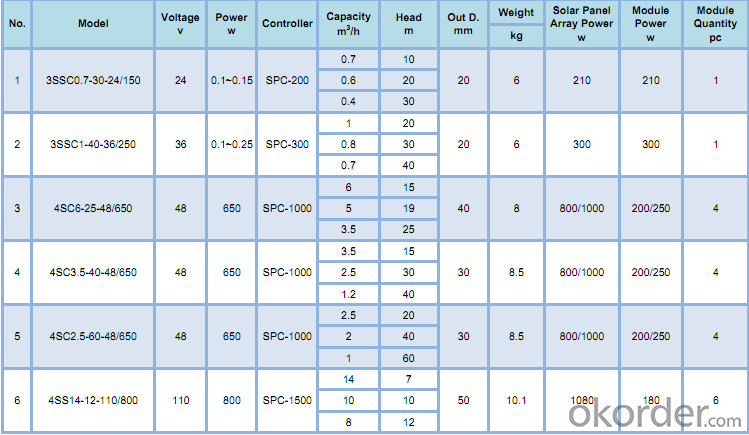
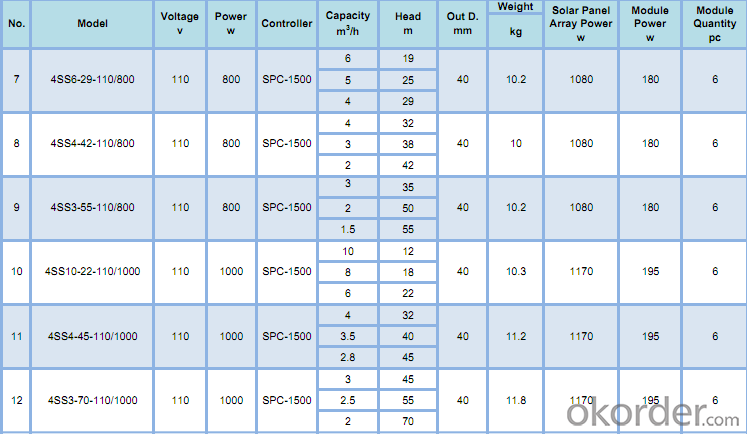
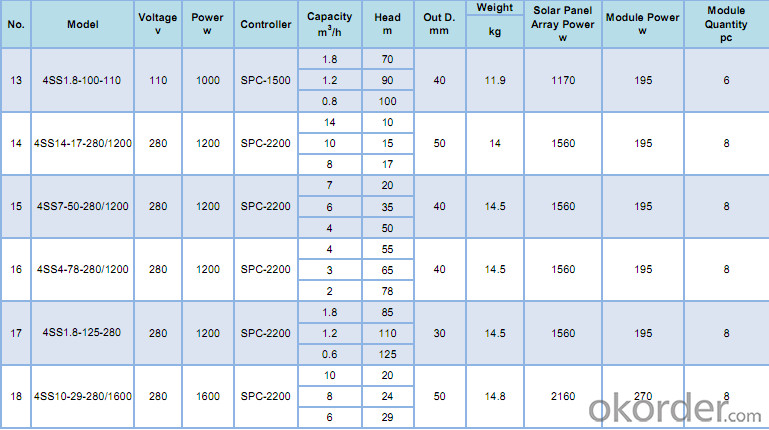
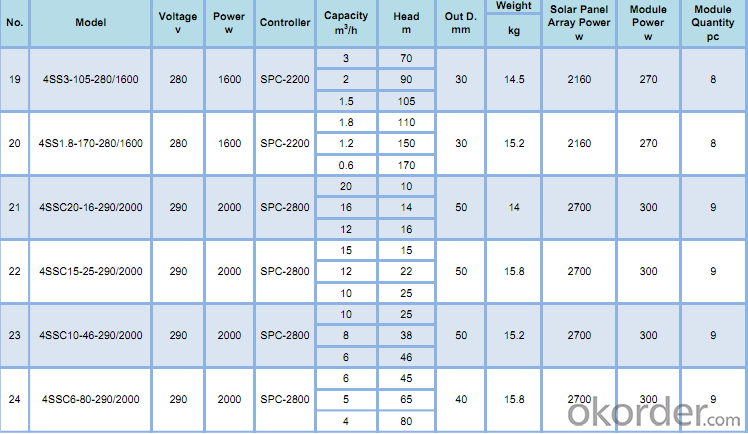
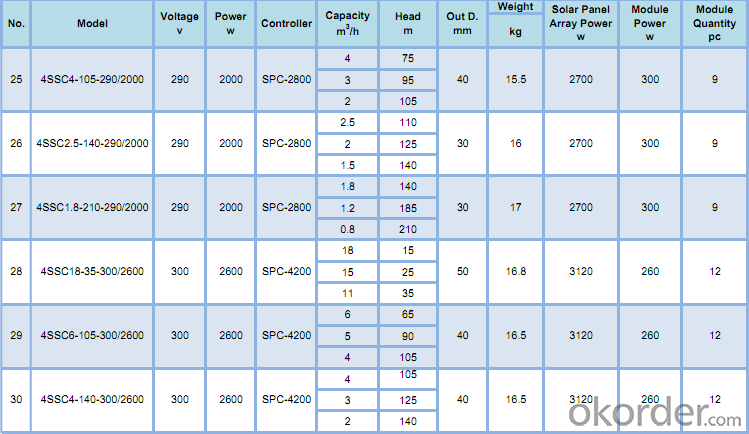
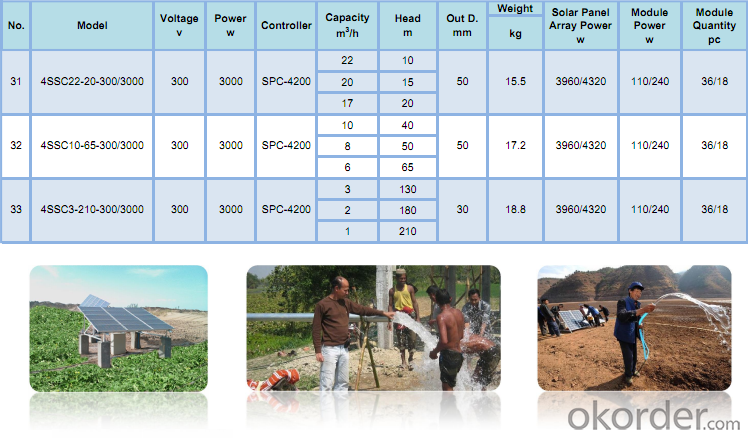
- Q: Can a solar pump be used in areas with high electricity costs?
- Yes, a solar pump can be used in areas with high electricity costs. Since solar pumps operate using solar energy, they eliminate the need for traditional electricity, reducing or even eliminating electricity costs. This makes them a cost-effective solution in areas where electricity expenses are high.
- Q: How does a solar pump handle water with high levels of acidity?
- A solar pump can handle water with high levels of acidity as it is typically made with corrosion-resistant materials such as stainless steel or plastic. These materials ensure that the pump remains unaffected by the acidic water, allowing it to effectively pump and handle the water without any issues.
- Q: Can solar pumps be integrated with existing water filtration systems?
- Yes, solar pumps can be integrated with existing water filtration systems. Solar pumps are versatile and can easily be connected to the existing infrastructure of water filtration systems, allowing for a more sustainable and efficient operation. The solar-powered pumps can provide a reliable source of energy to power the filtration system, reducing dependence on traditional electricity sources and enabling water filtration in remote or off-grid locations.
- Q: What are the maintenance requirements for a solar pump?
- The maintenance requirements for a solar pump typically involve regular cleaning of the panels to ensure optimal sun exposure, checking and tightening connections, inspecting and replacing worn-out parts if necessary, and monitoring the performance of the pump system. Additionally, it is important to regularly check the water filters and clean or replace them when needed to prevent clogging and ensure efficient operation. Overall, proper maintenance and periodic servicing are crucial to maximize the lifespan and efficiency of a solar pump.
- Q: What is the payback period for a solar pump investment?
- The payback period for a solar pump investment is the length of time it takes for the initial investment to be recouped through savings or revenue generated by the pump. The specific payback period can vary depending on factors such as the cost of the pump, installation expenses, maintenance costs, and the amount of money saved or earned from using the pump. Generally, payback periods for solar pump investments range from a few months to a few years.
- Q: Can a solar pump be used for water supply in rice paddies?
- Yes, a solar pump can be used for water supply in rice paddies. Solar pumps are a sustainable and cost-effective solution for irrigation in agricultural fields, including rice paddies. They use solar energy to power the pump, which eliminates the need for electricity or fuel. This makes them suitable for remote areas or regions with limited access to conventional sources of energy. Additionally, solar pumps can provide a consistent and reliable water supply, crucial for rice cultivation, thereby contributing to increased crop yields and improved agricultural productivity.
- Q: How does a solar pump handle water source contamination from radioactive materials?
- A solar pump does not directly address the issue of water source contamination from radioactive materials. It is primarily designed to harness solar energy to pump water, but it does not have specific mechanisms to filter or treat water contaminated with radioactive materials. In such cases, additional water treatment systems or methods would be required to ensure the removal or reduction of radioactive contaminants before the water can be considered safe for use.
- Q: Can a solar pump be used for water supply in arid or desert regions?
- Yes, a solar pump can be used for water supply in arid or desert regions. Solar pumps are designed to harness energy from the sun, making them a sustainable and reliable solution for water supply in areas with abundant sunlight. They can effectively extract water from wells or underground sources, providing a dependable water source for irrigation, livestock, or domestic use in arid or desert regions where traditional electricity supply may be limited or unreliable.
- Q: Are solar pumps noisy during operation?
- No, solar pumps are not noisy during operation. They use silent electric motors, making them an ideal choice for areas where noise pollution is a concern.
- Q: How does a solar pump handle water flow rate adjustments?
- A solar pump typically handles water flow rate adjustments through the use of a controller. The controller allows the user to manually adjust the speed of the pump or set it to operate at a specific flow rate. Additionally, some solar pumps are equipped with sensors that automatically adjust the flow rate based on the amount of sunlight available, ensuring optimal performance and efficiency.
Send your message to us
Buy Solar Pump:Solar Powered Water Pump and Solar Water Heater Panels
- Loading Port:
- Shanghai
- Payment Terms:
- TT OR LC
- Min Order Qty:
- 1 set
- Supply Capability:
- 1000 set/month
OKorder Service Pledge
OKorder Financial Service
Similar products
Hot products
Hot Searches
Related keywords
